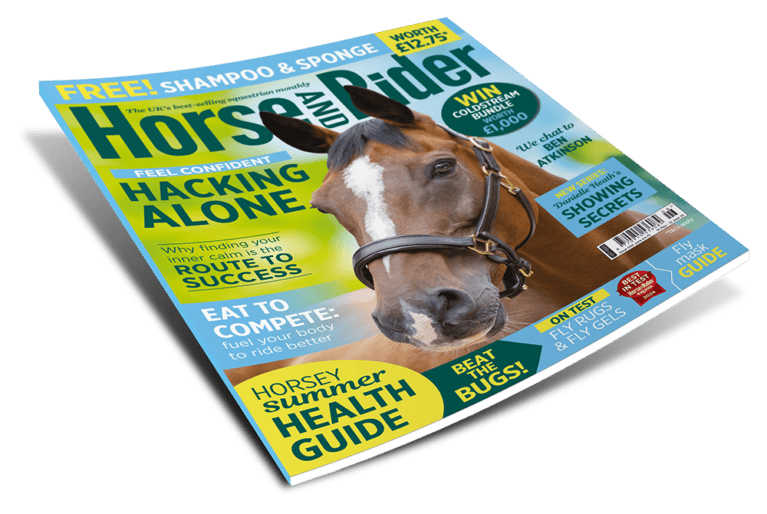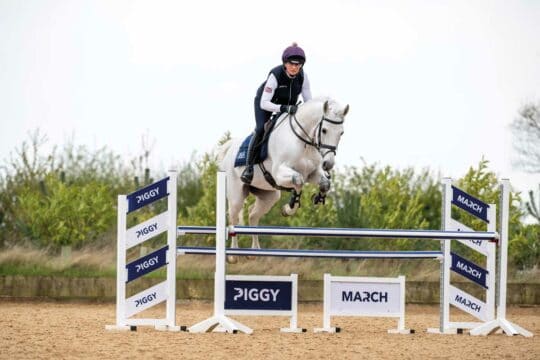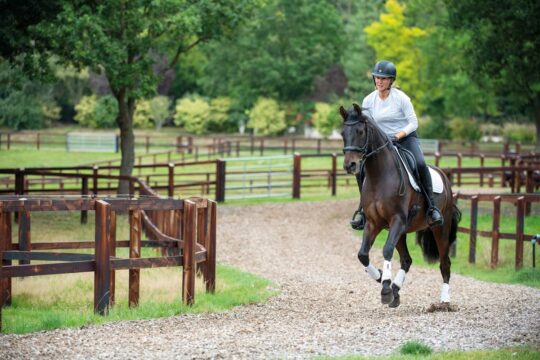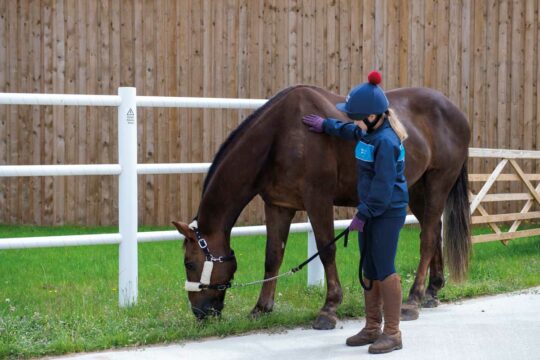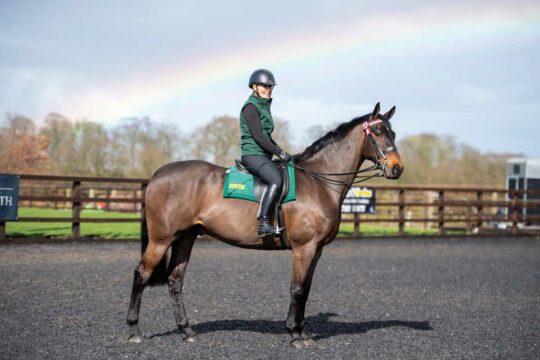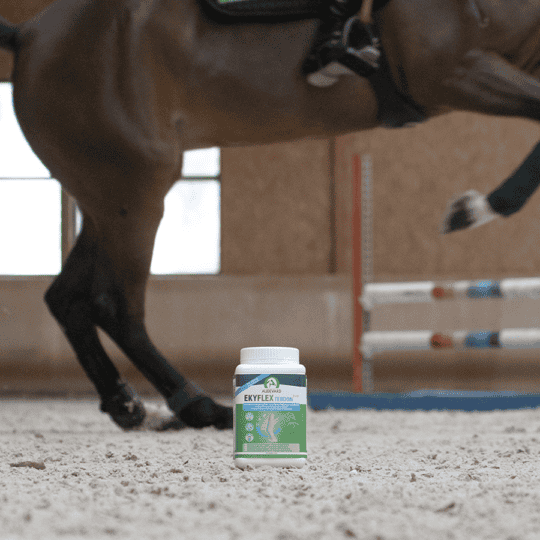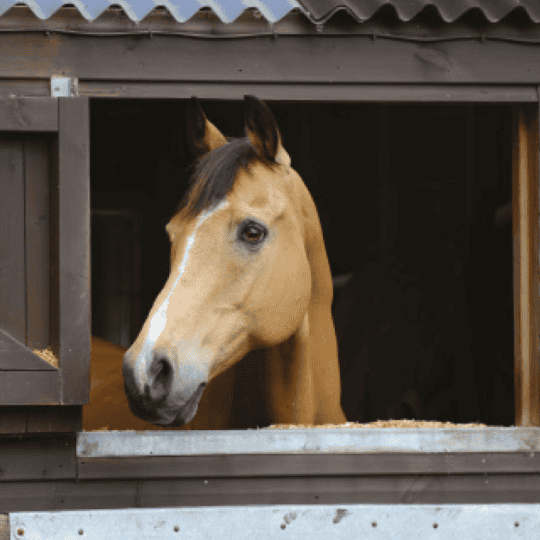Choosing the correct bit for your horse
Posted 11th August 2021
Not sure which bit’s right for your horse? Well, bitting expert, Tricia Nassau-Williams is here to help

With such a variety of bits on the market nowadays, deciding on the one that works best for your horse can be mind-boggling. While a bit isn’t a miracle cure for ridden issues, choosing the correct type is certainly a vital factor in keeping your horse as happy in his work as possible. So, to help steer you in the right direction, I’ve answered some of your bitting queries to set you on a path towards a happier, more harmonious partnership.
Before we begin
It’s important to remember that, if you’re encountering issues when riding your horse, you should first investigate whether his behaviour is in response to pain, discomfort or his environment. Consulting a vet or relevant professional should always be the first course of action, paying particular attention to your horse’s teeth, the condition and conformation of his mouth, the fit of his tack and any soundness issues. A bit will only ever be as successful or sympathetic as the rider who’s using it, regardless of its design, so it’s vital that you regularly reflect on your riding, aiming to improve your balance and core strength so you can communicate better with your horse. It can help to imagine that the bit’s being placed in the hands of the rider, just as much as it is in the horse’s mouth.
Q: My horse nods his head when I’m schooling, even though my hands are still. Could this be to do with the bit?
A: This is likely a sign of discomfort, so you need to locate and remove the cause so he can relax and take up the contact – it could be that his bit’s the wrong size or shape for his mouth.
Correct bridle fit is also critical. However, if the nodding is extreme, it’s best to seek veterinary advice. When given the all clear, look closely to see what mouth type your horse has – how big is his tongue? Does he have a high or low palate? What shape are his bars? You can seek professional advice to help you. Then, work to select a mouthpiece that’ll accommodate him best, along with the most appropriate design type for the cheeks it could be that he’s sensitive in his mouth, so needs a more stabilising bit. Try a fixed cheek design such as an eggbutt, D-ring or hanging cheek. Loose ring bits don’t always suit horses with extra sensitivities, because any disruptive movement in the rein will be felt.
Top tip
Make sure you can rule out your horse’s noseband as being the cause of any problems by ensuring you can fit at least two fingers underneath it at the front. Any tighter than this, and it’ll have a negative impact on his comfort and way of going.
For more common bitting Q&As, pick up a copy of October Horse&Rider, on sale 19 August 2021

